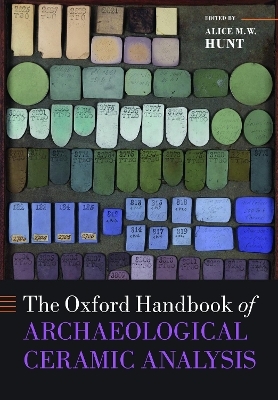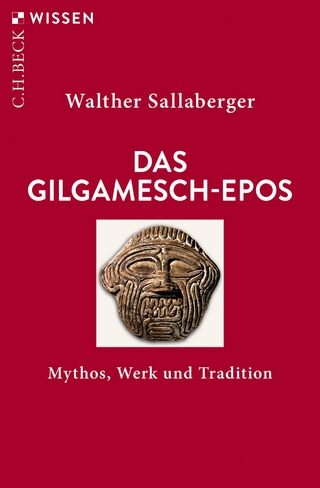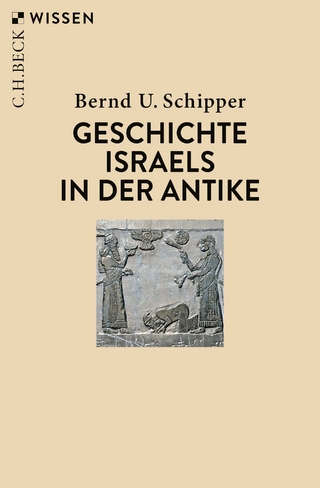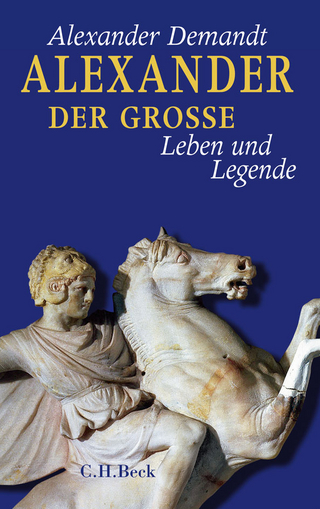
The Oxford Handbook of Archaeological Ceramic Analysis
Oxford University Press (Verlag)
978-0-19-885444-9 (ISBN)
The Oxford Handbook of Archaeological Ceramic Analysis draws together topics and methodologies essential for the socio-cultural, mineralogical, and geochemical analysis of archaeological ceramic. Ceramic is one of the most complex and ubiquitous archaeomaterials in the archaeological record: it occurs around the world and through time in almost every culture and context, from building materials and technological installations to utilitarian wares and votive figurines. For more than 100 years, archaeologists have used ceramic analysis to answer complex questions about economy, subsistence, technological innovation, social organization, and dating.
The volume is structured around the themes 'Research design and data analysis', 'Foundational concepts', 'Evaluating ceramic provenance', 'Investigating ceramic manufacture', 'Assessing vessel function', and 'Dating ceramic assemblages'. It provides a common vocabulary and offers practical tools and guidelines for ceramic analysis using techniques and methodologies ranging from network analysis and typology to rehydroxylation dating and inductively coupled plasma mass spectrometry. Each chapter provides the theoretical background and practical guidelines, such as cost and destructiveness of analysis, for each technique, as well as detailed case studies illustrating the application and interpretation of analytical data for answering anthropological questions.
Alice M. W. Hunt is an Assistant Research Scientist at the Center for Applied Isotope Studies, University of Georgia. Her PhD in Archaeological Materials Analysis (2012, UCL Institute of Archaeology) developed cathodoluminescence spectrometry of quartz as a method for differentiating raw material sources in fine-grained ceramics. Currently, her research focuses on developing analytical calibrations and protocols for bulk chemical characterization of cultural materials (ceramics, anthropogenic sediments, copper alloys, and obsidian) by portable XRF. Recent publications include 'Portable XRF analysis of archaeological sediments and ceramics' (Journal of Archaeological Science, 2015) and Palace Ware across the Neo-Assyrian Imperial Landscape: Social Value and Semiotic Meaning (E.J. Brill, Leiden, 2015).
Introduction
1: Alice M. W. Hunt: Introduction to the Oxford Handbook of Archaeological Ceramic Analysis
2: M.S. Tite: History of Scientific Research
Research Design and Data Analysis
3: Jaume Buxeda i Garrigós and Marisol Madrid i Fernández: Designing Rigorous Research: Integrating Science and Archaeology
4: Roberto Hazenfratz Marks: Evaluating Data: Uncertainty in Ceramic Analysis
5: Gulsebnem Bishop: Statistical Modelling for Ceramic Analysis
6: Matthew Boulanger: Data Recycling: Working with Published and Unpublished Ceramic Compositional Data
Foundational Concepts
7: Giuseppe Montana: Ceramic Raw Materials
8: Valentine Roux: Ceramic Manufacture: The Chaîne Opératoire Approach
9: Kim Duistermaat: The Organization of Pottery Production: Towards a Relational Approach
10: Yona Waksman: 'Provenance' Studies: Productions and Compositional Groups
11: Gerwulf Schneider: Mineralogical and Chemical Alteration
12: Daniel Albero Santacreu, Manuel Calvo Trias, and Jaume García Rosselló: Formal Analysis and Typological Classification in the Study of Ancient Pottery
13: Ian Whitbread: Fabric Description of Archaeological Ceramics
14: Prabodh Shirvalker: Analytical Drawing
Evaluating Ceramic Provenance
15: Dennis Braekmans and Patrick Degryse: Petrography: Optical Microscopy
16: Ian Wilkinson, Patrick Quinn, Mark Williams, Jeremy Taylor, and Ian Whitbread: Ceramic Micropalaeontology
17: Corina Ionescu and Volker Höck: Electron Probe Microanalysis (EPMA)
18: Bettina Wiegand: Isotope Analysis
19: Robert B. Heimann: X-ray Powder Diffraction (XRD)
20: Mark Hall: X-ray Fluorescence-Energy Dispersive (ED-XRF) and Wavelength Dispersive (WD-XRF) Spectrometry
21: Elisabeth Holmqvist: Handheld Portable Energy-Dispersive X-ray Fluorescence Spectrometry (pXRF)
22: Marcia Rizzutto and Manfredo Tabacniks: Proton Induced X-ray Emission (PIXE) and its Applications for Ceramic Analysis
23: Mark Golitko and Laure Dussubieux: Inductively Coupled Plasma-Mass Spectrometry (ICP-MS) and Laser Ablation Inductively Coupled Plasma-Mass Spectrometry (LA-ICP-MS)
24: Leah D. Minc and Johannes H. Sterba: Instrumental Neutron Activation Analysis (INAA) in the Study of Archaeological Ceramics
25: Alan F. Greene: Synchrotron Radiation
Investigating Ceramic Manufacture
26: Kent Fowler: Ethnography
27: Malgorzata Daszkiewicz and Lara Maritan: Experimental Firing and Re-firing
28: Shlomo Shoval: Fourier Transform Infrared Spectroscopy (FT-IR) in Archaeological Ceramic Analysis
29: Jolien Van Pevenage and Peter Vandenabeele: Raman Spectroscopy and the Study of Ceramic Manufacture: Possibilities, Results, and Challenges
30: Ina Berg and Janet Ambers: X-radiography of Archaeological Ceramics
31: Marta Mariotti Lippi and Pasquino Pallecchi: Organic Inclusions
Assessing Vessel Function
32: Ana L. Martinez-Carillo and Juan Antonio Barcelo: Formal Typology of Iberian Ceramic Vesels by Morphometric Analysis
33: Noémi Suzanne Müller: Mechanical and Thermal Properties
34: Hans Barnard and Jelmer W. Eerkens: Assessing Vessel Function by Organic Residue Analysis
Dating Ceramic Assemblages
35: Eugenio Bortolini: Typology and Classification
36: Sophie Blain and Christopher Hall: Direct Dating Methods
| Erscheinungsdatum | 21.02.2020 |
|---|---|
| Reihe/Serie | Oxford Handbooks |
| Zusatzinfo | 9 colour plates; 55 b/w halftones; 83 b/w line drawings |
| Verlagsort | Oxford |
| Sprache | englisch |
| Maße | 168 x 243 mm |
| Gewicht | 1446 g |
| Themenwelt | Sachbuch/Ratgeber ► Geschichte / Politik ► Vor- und Frühgeschichte / Antike |
| Geisteswissenschaften ► Archäologie | |
| Sozialwissenschaften | |
| ISBN-10 | 0-19-885444-7 / 0198854447 |
| ISBN-13 | 978-0-19-885444-9 / 9780198854449 |
| Zustand | Neuware |
| Informationen gemäß Produktsicherheitsverordnung (GPSR) | |
| Haben Sie eine Frage zum Produkt? |
aus dem Bereich


